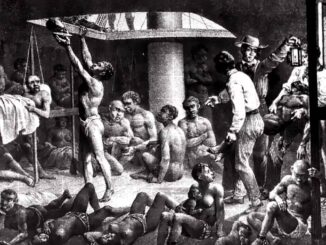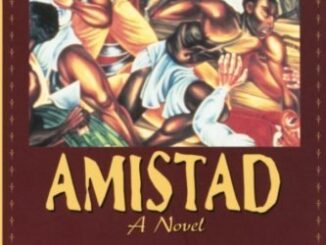
The history of rum is inseparably linked to the Sea and its legacy is traced through the naval explorations of the sixteenth century, the slave trade and the seafaring tales of the pirates who made a name for themselves on the back of many a rum infused journey.
So romantic is the history of rum that it has long since been adopted as the drink of the working class man throughout the world. This might be due to its association with the “fighting man” and the strength of victorious sailors fighting for the New World; or perhaps, the defeat of Napoleon’s fleet by Admiral Nelson’s rum drinking crew at the crucial battle of Trafalgar; or maybe down to the swashbuckling, freedom-tales of Caribbean pirates handed down through the centuries. Whichever, it is clear that rum has had a checkered history undeniably linked to the riskier business of the day.
One of the main challenges of sixteenth century sea voyages was providing their crews with a liquid supply to last long journeys. Navy captains turned to the most readily available sources of liquid in the day – water and beer, with no real discrimination made between the two. Water contained in casks was the quicker of the two to spoil by algae, but beer also soured when stored for too long. Royal Navy sailors took to drinking their rations of beer first and water second, sweetening the spoiling water with beer or wine to make it more palatable. The longer the voyage, the larger the cargo of liquid required, and the larger the problems of storage and spoilage would be.
As, seafaring vessels entered the Caribbean regions captains took advantage of a cheaper and more readily available source of liquid sold by local sugar cane plantations called “kil devil” – a foul tasting by-product of sugar cane processing which later became known as rum. Rum quickly replaced the beer rations and became an official ration on British navy ships from 1655 onwards.
Reportedly these rum rations were causing such a “rumbullion” (drunkenness and discipline problems) amongst the seamen that in 1740 Vice-Admiral Edward Vernon issued an order to dilute rum rations with sugar and lime juice (possibly why the mixture was reputed to fight off the sailors ‘lurgy’ or scurvy). Due to his nickname – the ‘old grog’ – this new mixture attained the new name of ‘grog’.
Dilution ratio’s varied aboard different ships and over time but the tradition continued until ‘black tot day’ on July 30, 1970 when the last “up spirits” rum measure was served aboard Royal Navy ships forever.
Many of the famous pirates of the seventeenth and eighteenth centuries were recruited from plundered naval ships and consisted of sailors tired of poor pay, limited rum rations, nutritional diseases and the harshness of their ships captain. Possessing seafaring skills and offered an equal share in any loot pirated, it’s not hard to see why many chose a pirates life of freedom, democracy and frivolity instead. Notorious pirates, Captain Kidd and Morgan Nelson both started their seafaring careers as naval officers.
Pirate captains capitalized on the popularity of rum to gain the favor of crew and rum was often the larger cargo and the preferred bounty aboard their ships. The search for rum was constant and, without the Crown’s strict rum rationing guidelines, many a vessel plundered as a result of its crew being too drunk to take proper charge of the ship.
So favored was rum, that the scarcity of it could be the cause of out and out rebellion on pirate ships. The meanest of all pirates from history, Blackbeard, once stated: “Such a day; rum all out. Our company somewhat sober; a damned confusion amongst us! Rogues a plotting. Talk of separation. So I looked sharp for a prize [and] took one with a great deal of liquor aboard. So kept the company hot, damned hot, then all things went well again.”
It is therefore no accident that rum became so popular around the most prosperous pirating “Golden Era” of 1650 to 1740. This was also, coincidentally, about the time that the slave trade began to take off and New England entered the triangle between Africa and the Caribbean with rum being used as the currency of the slave trade.
Molasses would leave the Caribbean for New England, be distilled into rum, which would be shipped to Africa in exchange for slaves, who would then be shipped to the Caribbean regions to tend the sugar plantations and harvest more sugar cane, to be converted to molasses. So prolific was this industry that by the mid seventeenth century tiny Rhode Island had more than thirty distilleries, twenty-two of them in Newport and in Massachusetts, sixty-three distilleries produced 2.7 million gallons of rum.
Sugar, rum, slaves, sailors and pirates all had a hand in the development of the New World, from whichever stand-point you look at it. So intrinsic is the relationship between all of these components that it is hard to determine which would exist without the existence of the other.
Unless otherwise stated, PONIREVO and/or its licensors DO NOT own any intellectual property rights in the website and material on the website. Majority of the site’s content has been scraped and auto posted by a third party artificial intelligence program —– PONIREVO Creation Team.
Proudly WWW.PONIREVO.COM
by Sonya Alvino



